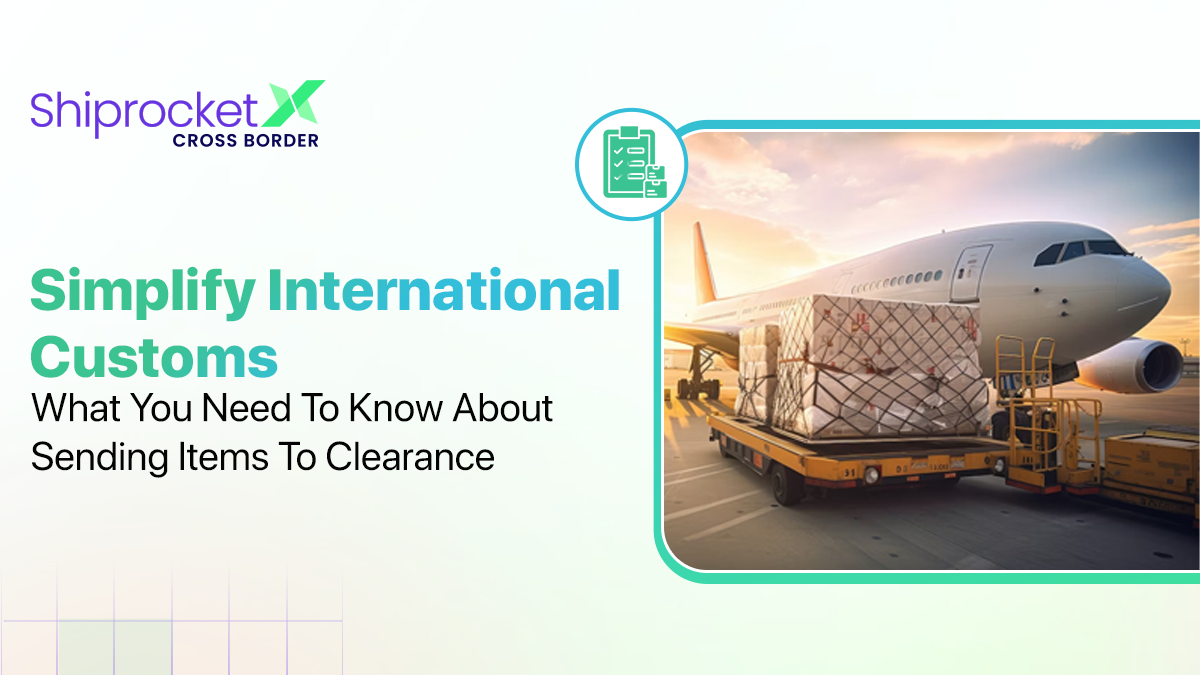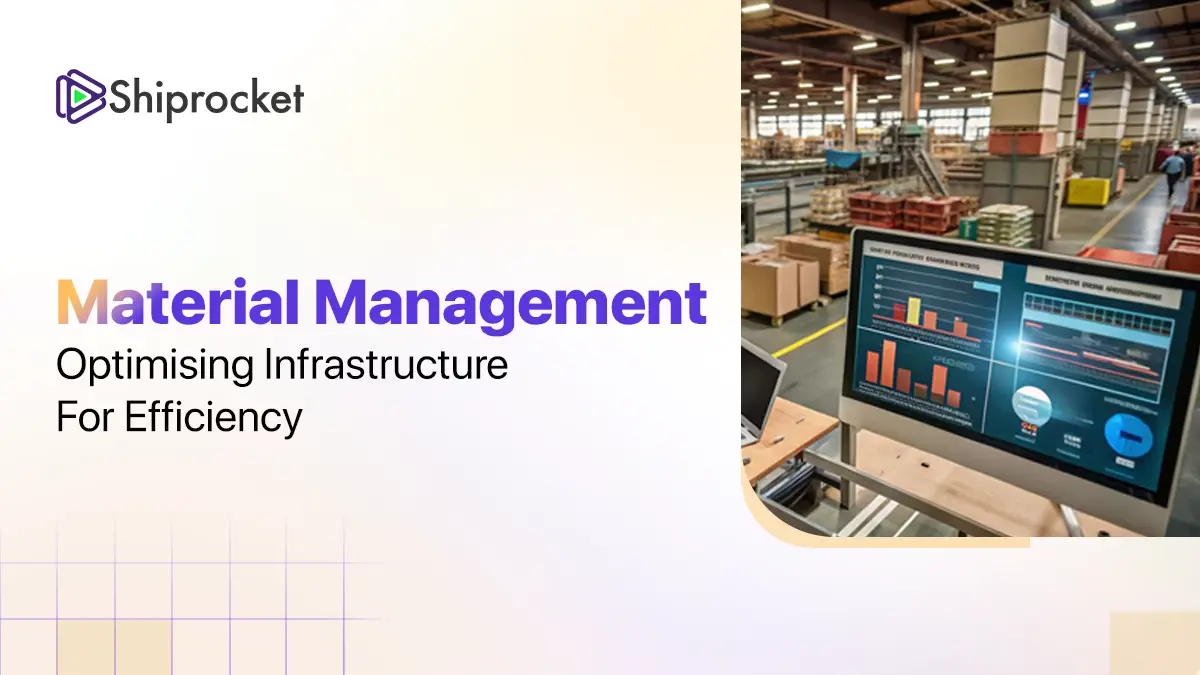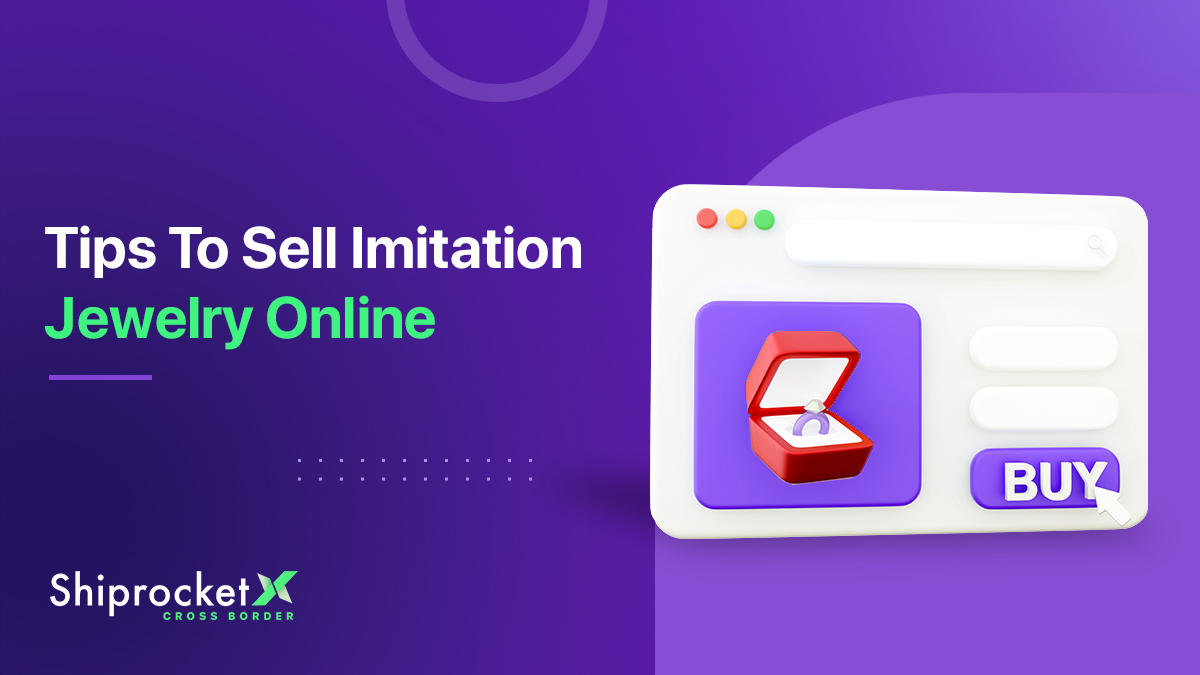Offline Marketing: Grow Your Brand Beyond the Internet
- Defining Offline Marketing
- Different Types of Offline Marketing
- Real-World Examples of Offline Marketing
- Objectives of Offline Marketing
- Pros and Cons of Offline Marketing
- Steps to Successfully Market Your Business Offline
- 10 Offline Marketing Strategies to Complement Your Online Brand
- Boosting Your eCommerce Brand With Shiprocket
- Conclusion
With technological advancement, especially the Internet, most companies direct their marketing strategies online — via company websites, emails, online advertisements, and social media.
However, offline marketing is still important and effective if used in conjunction with online marketing.
This blog discusses the significance of offline marketing and how merchants can employ effective offline marketing strategies to capture customers’ attention despite the overwhelming dominance of online marketing strategies.

Defining Offline Marketing
Offline marketing is the strategic promotion of products/services using conventional means of advertising that are not linked to the Internet.
It involves marketing your brand through print media ads, billboards, radio/TV programs, mailers, product demonstrations, etc.
- Print Media: Advertising in newspapers, magazines, brochures, etc.
- Outdoor Advertising: Advertising through billboards, banners, and posters placed in various areas around the city.
- Broadcast Media: Advertising on radio and television stations.
- Events and Exhibitions: Using trade fairs and in-store promotions.
- Direct Mail: Using the postal service to distribute promotional catalogues and brochures.
Different Types of Offline Marketing
Merchants use various offline marketing mediums to market their products to consumers. Here are some of the most effective ones:
- Print Ads: Placing adverts in the local magazines and newspapers of the targeted areas.
- Billboards: Through billboards with large fonts in the highly trafficked zones to ensure maximum impact.
- Radio Spots: Broadcasting audio commercials on popular stations~ reaching the commuters.
- Business Cards: Handing out professionally designed cards during meetings, exhibitions, etc.
- Brochures: These are product information pamphlets to distribute at retail outlets.
- Demonstrations: Displaying products through information and demonstration via product exhibits and workshops.
- Sponsorships: Supporting community-related activities to strengthen goodwill.
- Direct Mailers: Communicating seasonal promotional offers and new products through the mail.
Real-World Examples of Offline Marketing
Now let’s take a look at how some of the most popular brands incorporate offline marketing perfectly:
- Starbucks uses printed vouchers to announce new products that are yet to be out in the market.
- McDonalds supported Ronald McDonald House through local fundraising, thus raising millions of dollars.
- Coca-Cola advertised the Olympic Games for several years to a global audience.
- Another example of store engagement is Abercrombie & Fitch which uses music concerts in its flagship stores.
- Disney uses billboards to market its new films in Times Square in New York.
Objectives of Offline Marketing
The following are the common objectives of using offline marketing strategies:
1. Building Brand Awareness
The foremost goal is to increase brand familiarity by increasing the number of people familiar with the brand. Offline advertising enables the brand to popularise the brand name and the message through mass promotion techniques.
This assists in creating initial awareness and also assists in creating the brand image in the target areas. Several methods, like billboards, printed ads, signage, etc., assist in increasing brand recognition.
2. Generating Local Interest
Another objective is to generate interest from the local neighbourhoods around the business premises.
Offline advertising appeals to curiosity regarding the products/services to the community that is close to the ad. This also familiarises your customers with your brand.
This can be done through letter drops, window stickers, radio adverts emphasising on pin codes, etc.
3. Driving Footfall
After brand awareness and the interest of consumers in the vicinity are created, the next step is to turn them into actual visitors. You’ll need specific offline advertisements to encourage potential customers to visit your store.
Some approaches include billboards, touch-and-feel displays, special sales promotions, etc. This increases the number of potential customers visiting your physical store.
4. Nurturing Relationships
Developing close and long-term relationships with the patrons is important because they will recommend the business and buy from you regularly. Offline networking assists business owners in establishing personal relations through face-to-face contact with patrons.
This is done through community activities, charitable activities, and partnerships where the brand participates in local community membership activities other than mere advertising.
5. Targeting Specific Groups
Customer segments that are different in terms of their characteristics, geographical distribution, and time of visit have different needs and desires.
Therefore, smart offline promotion placement aims at communicating with the right target market segments. For instance, radio advertisements during morning programmes capture the drivers and carriers or newspaper ads that target specific groups of people, such as the print advertisements in hobby magazines.
Pros and Cons of Offline Marketing
It is important to understand that just like any other strategy that is used in marketing, offline marketing has its strengths and weaknesses. Here is a quick summary:
Pros:
- Offline marketing can target certain groups of people in society adequately.
- It reminds people of your brand.
- Customers get a real feel of the products that you have to offer.
- It employs other media that are not Internet-based, such as print media advertisements.
Cons:
- Audience engagement cannot be quantified. Metrics such as the number or gender of viewers are not available.
- It only targets people in specific regions.
- The cost of producing and distributing these products can be very expensive.
Steps to Successfully Market Your Business Offline
Here are some best practices for offline marketing:
- Set your goal, financial limitation, and the market you wish to target, and choose reachable offline channels.
- Design memorable creative assets that are harmonious with the other creative assets of the brand.
- Make the schedule placements to ensure there is proper coverage of the events.
- Monitor some of these parameters for the chosen stores, such as sales, foot traffic, etc.
- Review the findings and adapt the approach at certain intervals.
- Use feedback to improve customers’ experience.
- Ensure that offline promotions complement other current and future digital promotions.
- Ensure brand consistency across all the channels.
- Try out new techniques and channels more frequently.
10 Offline Marketing Strategies to Complement Your Online Brand
Here are impactful offline tactics every merchant should leverage:
- Print Advertisements: Newspapers and community magazines are other methods of advertisement.
- Billboards: Promoting to people on the streets with big billboards at times of the day when there is heavy traffic.
- Radio Spots: Launching audio ads to audiences.
- Business Cards: Issuing your whole team elegantly customised cards.
- Brochures: Providing educational pamphlets informing the audience about the brand and your offerings.
- Events and Exhibitions: Attending fairs, pop-up stores, or talks at important venues.
- Sponsorships: Promoting local popular activities and participating in them.
- Direct Mailers: Using post to send customers newsletters, catalogues, and other promotional offers to the customers.
- Product Demonstrations: Informing customers through live demos, which facilitates one-on-one meetings.
- On-site Activations: Hosting engaging events and activities where customers can experience your product directly.
Boosting Your eCommerce Brand With Shiprocket
To make offline marketing convenient and easy to manage, collaborate with an integrated logistics solution like Shiprocket. This multi-carrier network, technology, and expertise provides an enriched omni-channel experience.
Shiprocket offers domestic and international shipping, whereas fulfillment centers provide storage across India with quick order delivery in 1-2 days.
New-generation productivity tools such as WhatsApp base customer engagement and post-purchase communication automation are included in the package. From automated courier selection to multi-channel inventory synchronisation and branded Track and Trace portals, Shiprocket optimises every step of the purchase process.
Therefore, it is scalable and can be used to streamline business processes while enhancing promotional strategies online and offline for future business success.
Conclusion
It is impossible to deny the importance of online channels in the current times where the Internet is a primary communication platform to interact with customers.
However, by appropriately applying offline marketing in conjunction with online marketing, it is possible to achieve great results as it expands the advertisement reach.
Strategised approaches such as paid promotions, event promotions, and strategic community interactions increase store visits, purchases, word of mouth referrals.





